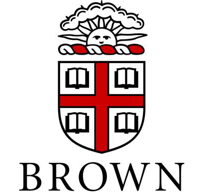Below is a summary of the abstract you submitted. Presenting author(s) is shown in bold.
If any changes need to be made, you can modify the abstract or change the authors.
You can also download a .docx version of this abstract.
If there are any problems, please email Dan at dar78@pitt.edu and he'll take care of them!
This abstract was last modified on June 10, 2017 at 8:03 a.m..

24 bacteriophages infecting Mycobacterium smegmatis were isolated from local environments. Hannaconda, isolated using direct plating, was chosen for genome annotation and analysis using Phamerator, Starterator, and DNA Master Genome Annotation Software. Sequencing and further study of this cluster J phage revealed that Hannaconda is 234 genes in length and contains 2 tRNA genes. Initial Phamerator data points to the existence of orphams, genes in a novel bacteriophage pham, at two positions in the genome. In addition, students conducted varied experimental wet lab work to investigate superinfection immunity in confirmed lysogens, direct phage competition dynamics, and the effects of host cell density on lysogeny.


